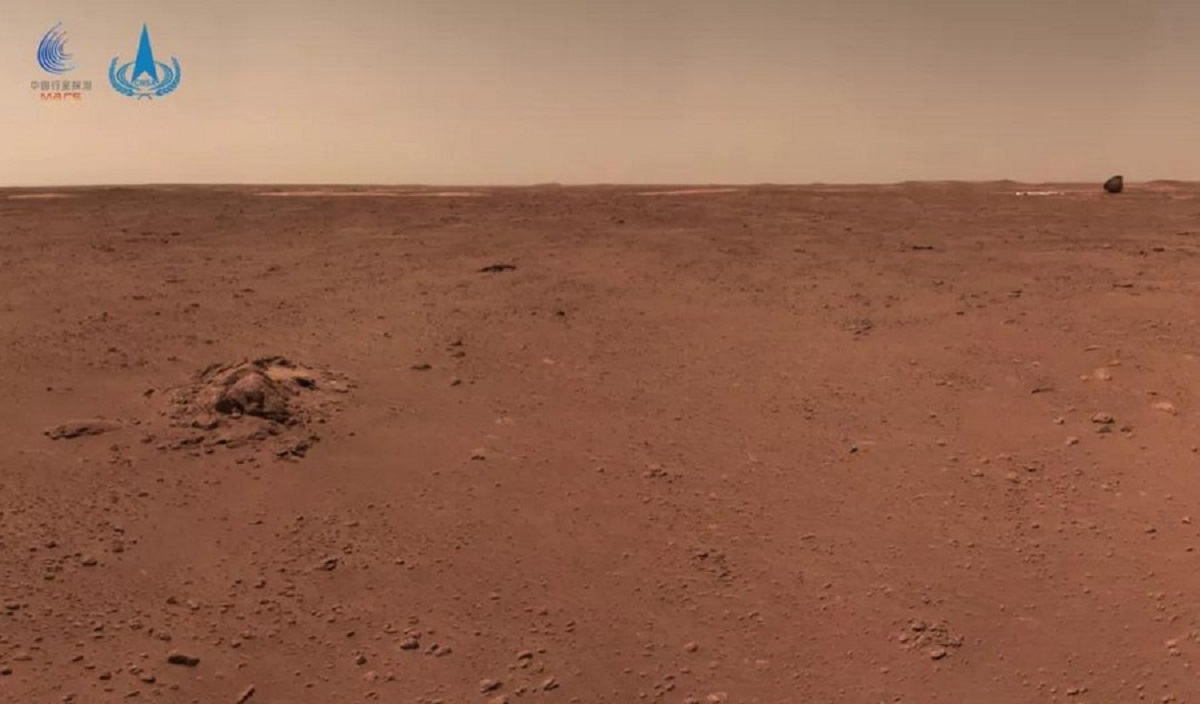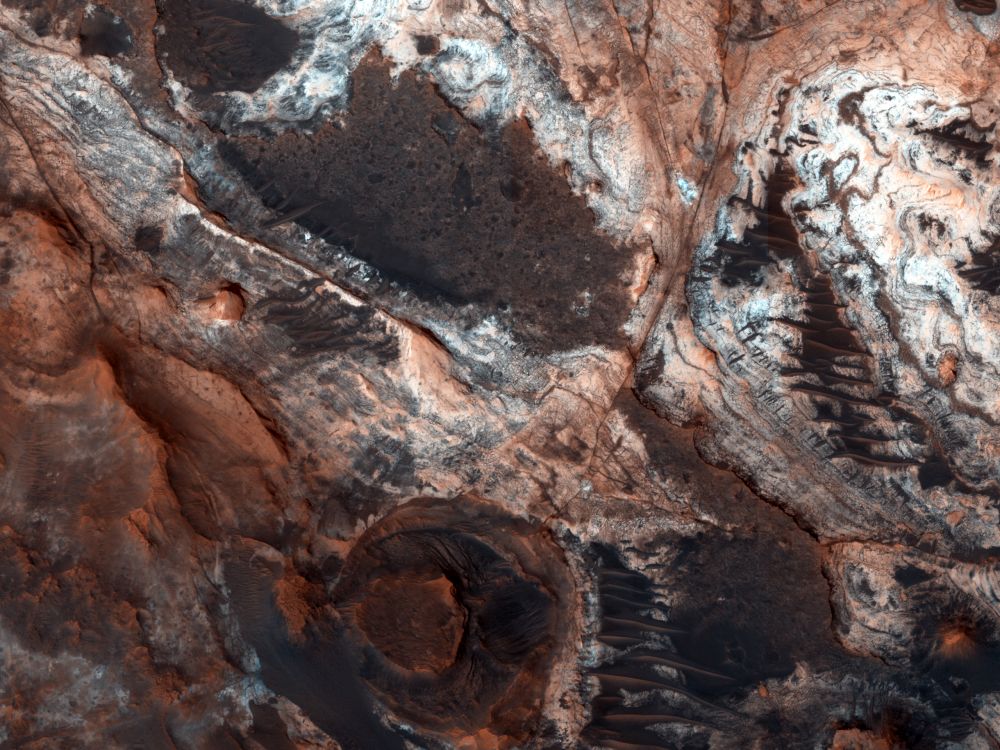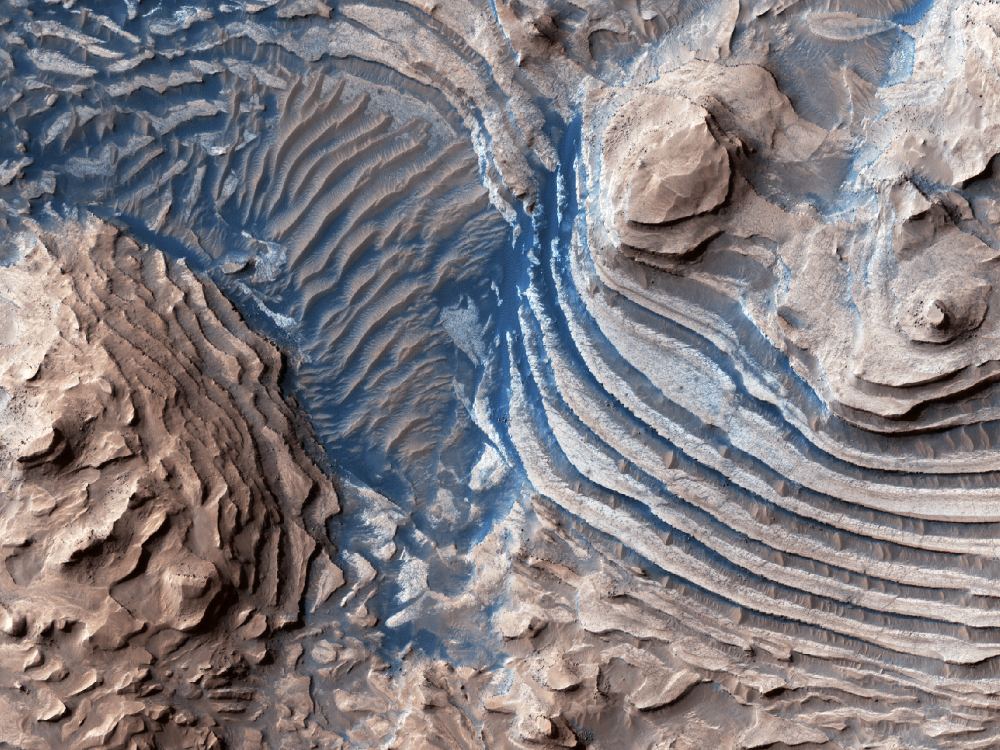On May 14th, 2021, the China National Space Agency (CNSA) achieved another major milestone when the Tianwen-1 lander successfully soft-landed on Mars, making China the second nation in the world to land a mission on Mars and establish communications from the surface. Shortly thereafter, China National Space Agency (CNSA) shared the first images taken by the Tianwen-1 lander.
By May 22nd, 2021, the Zhurong rover descended from its lander and drove on the Martian surface for the first time. Since then, the rover has spent 63 Earth days conducting science operations on the surface of Mars and has traveled over 450 meters (1475 feet). On Friday, July 9th, and again on July 15th, the CNSA released new images of the Red Planet that were taken by the rover as it made its way across the surface.
Continue reading “New Images of Mars From China’s Rover”


